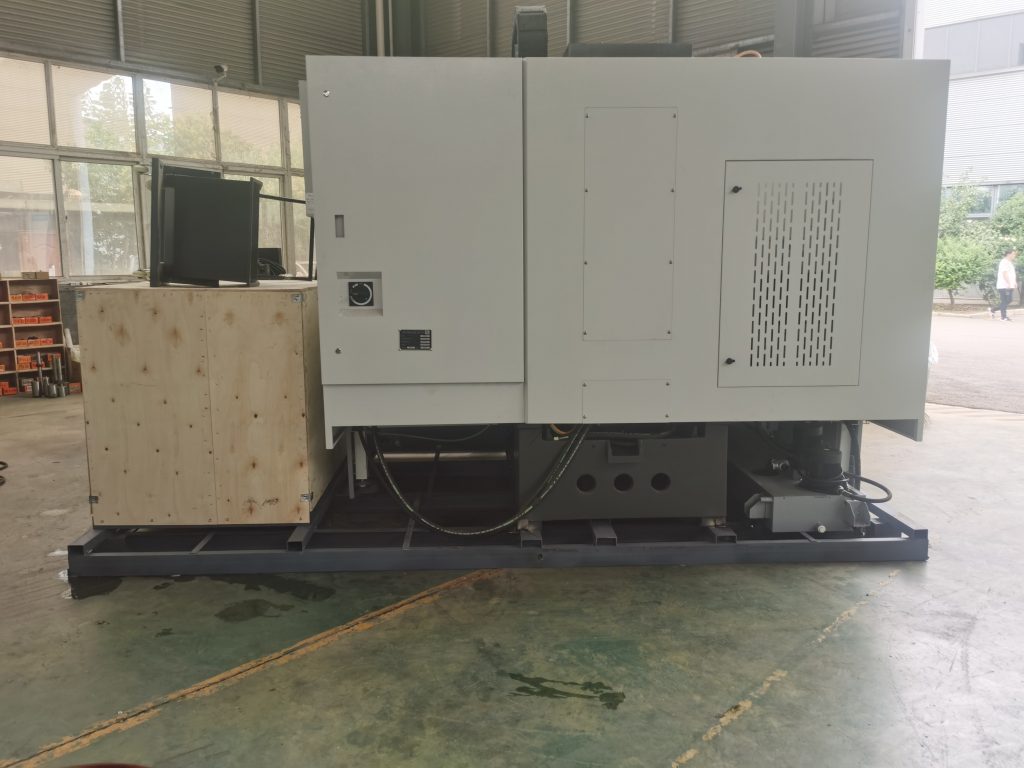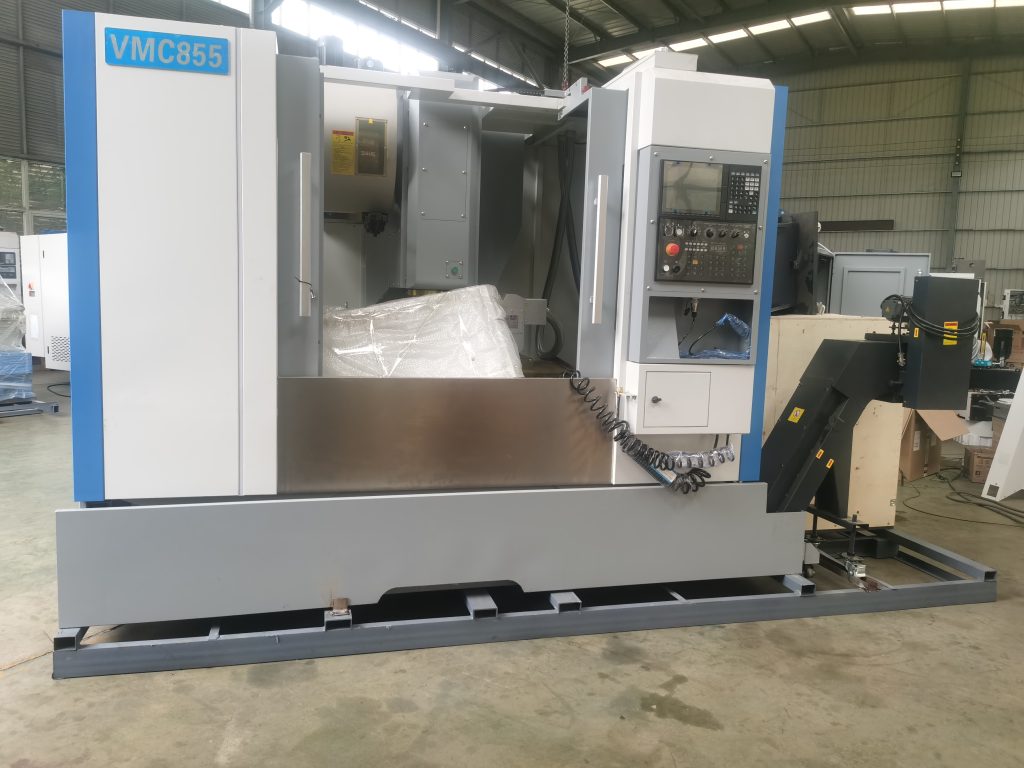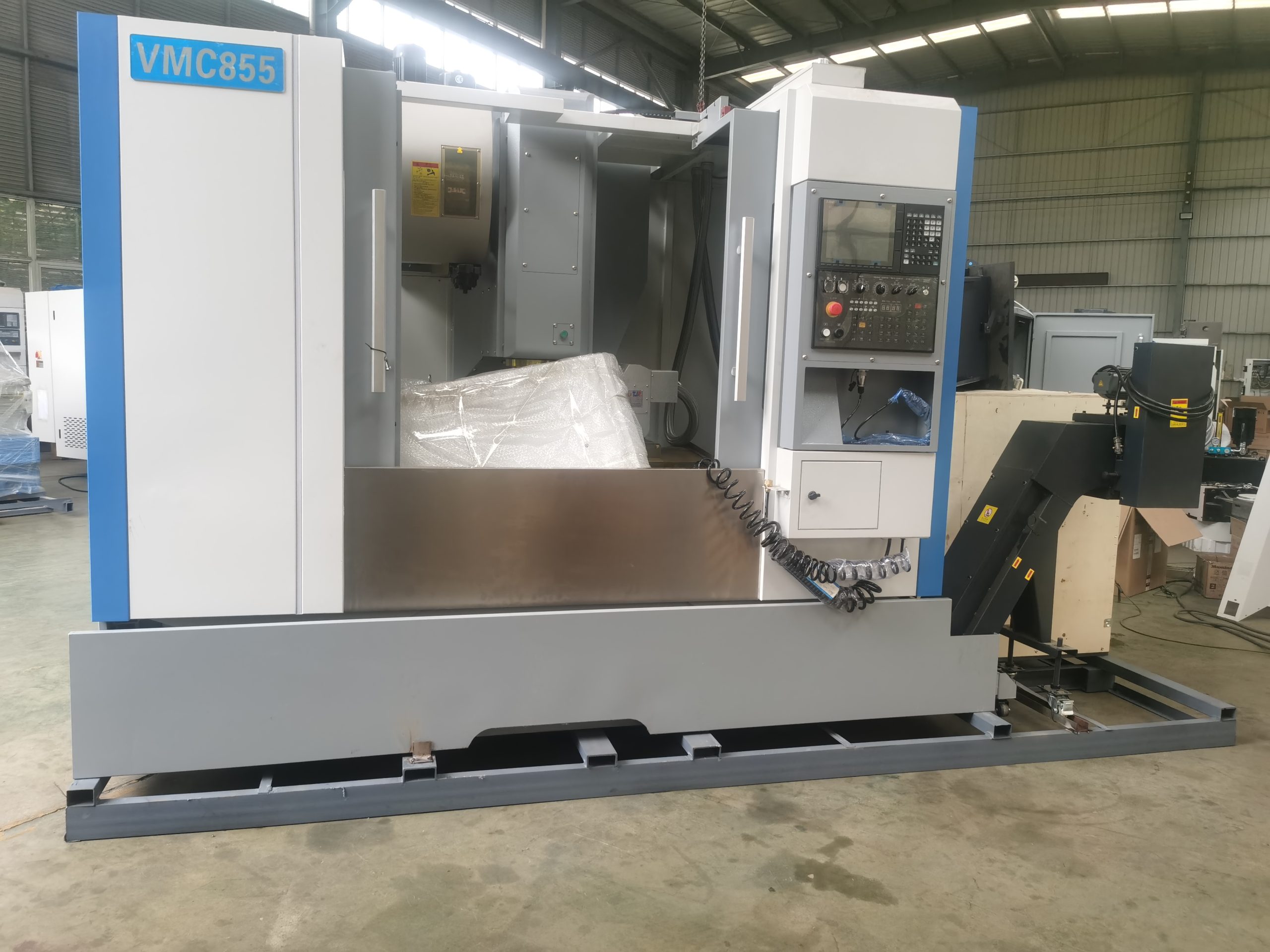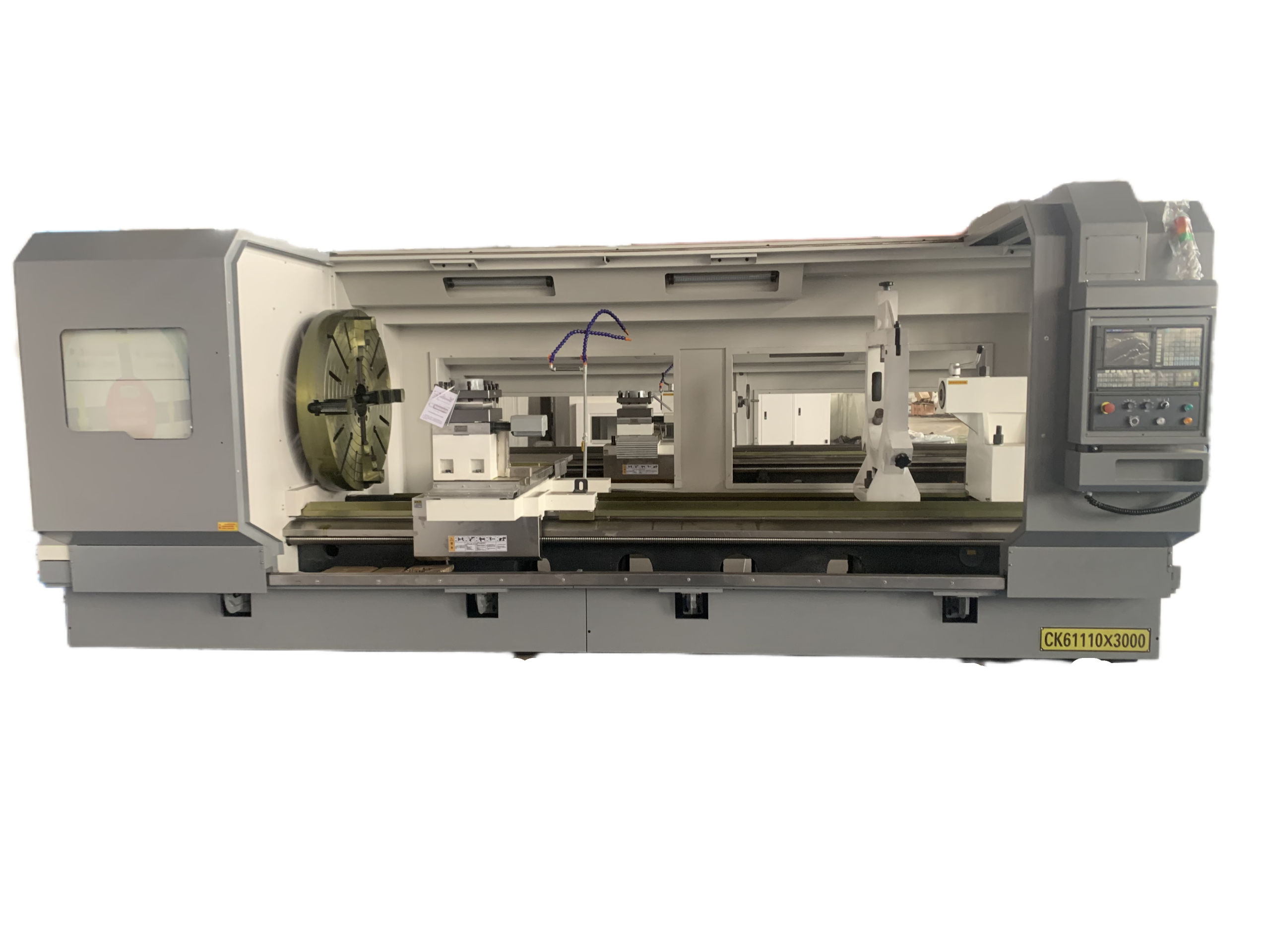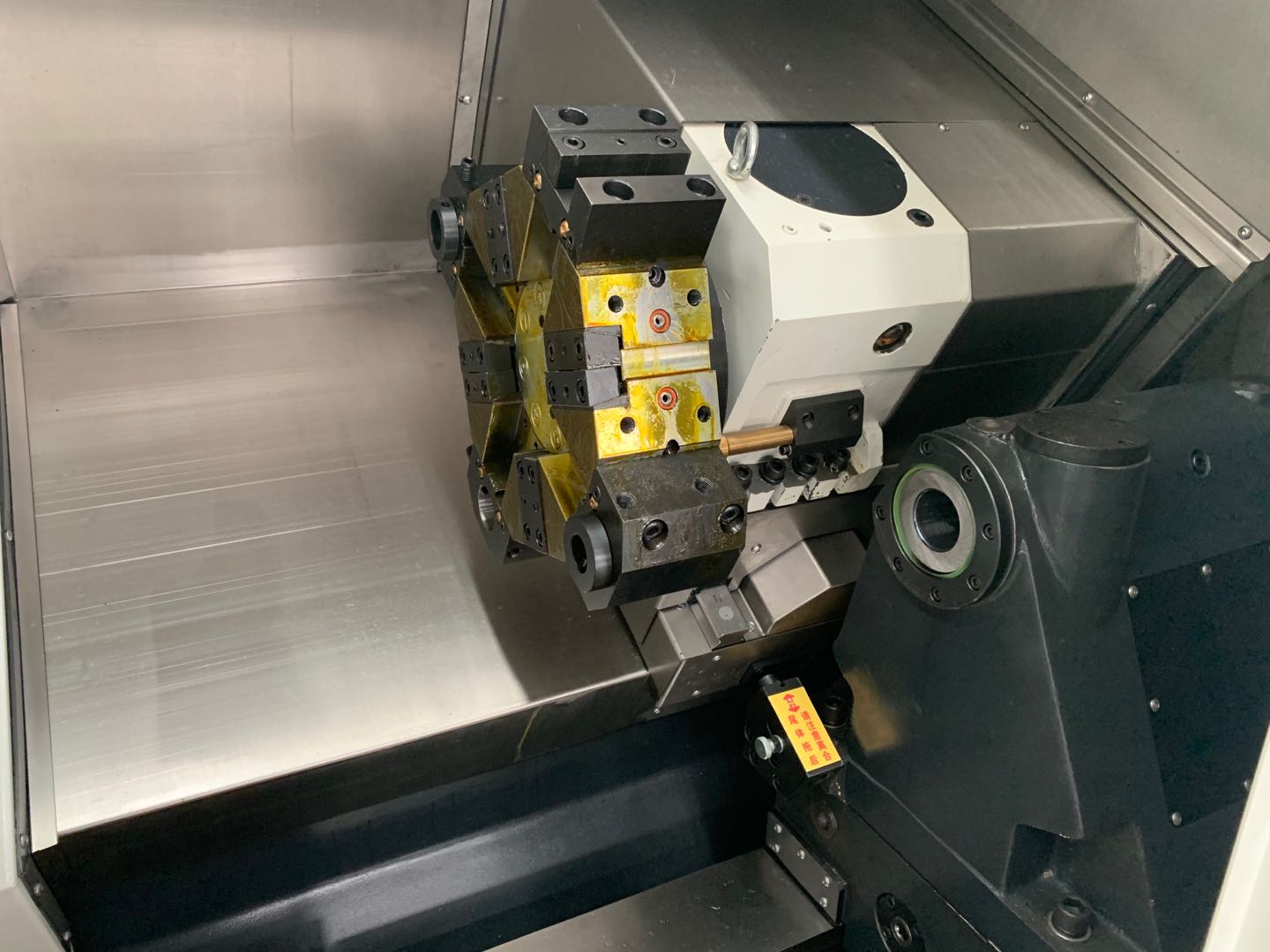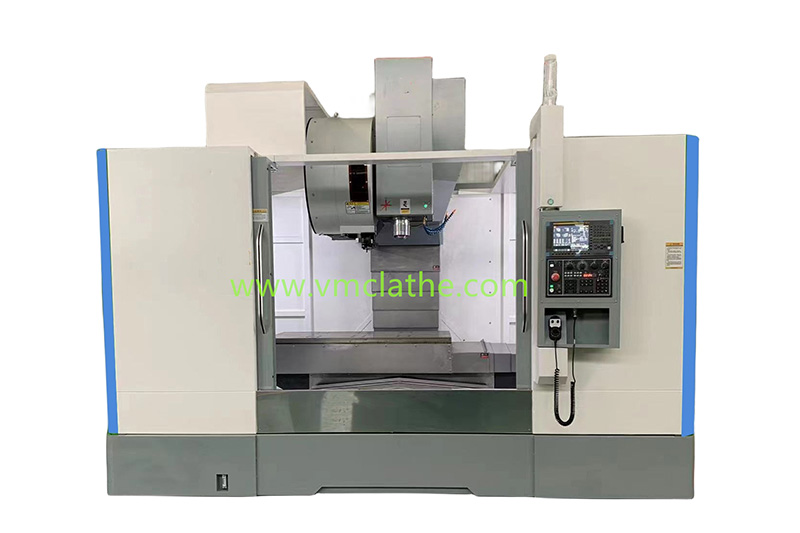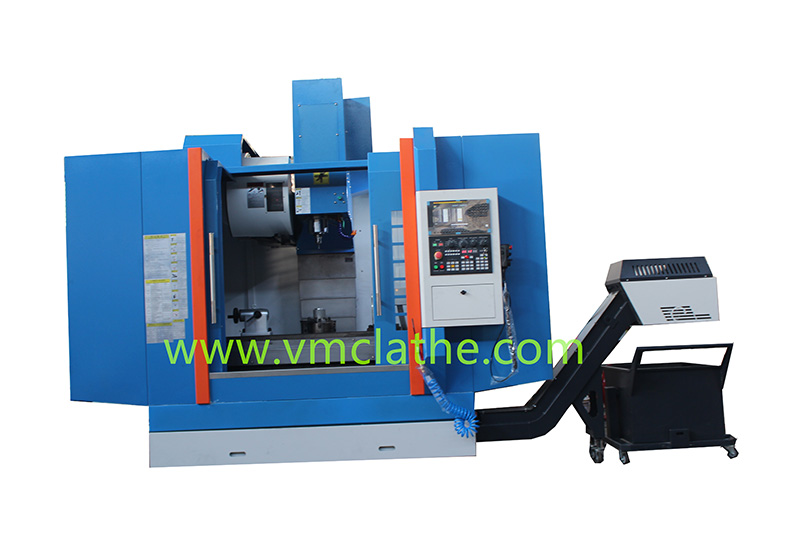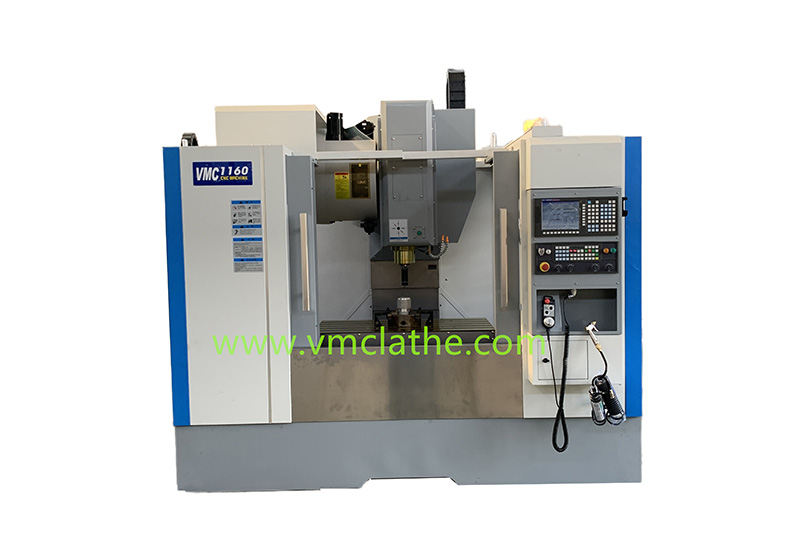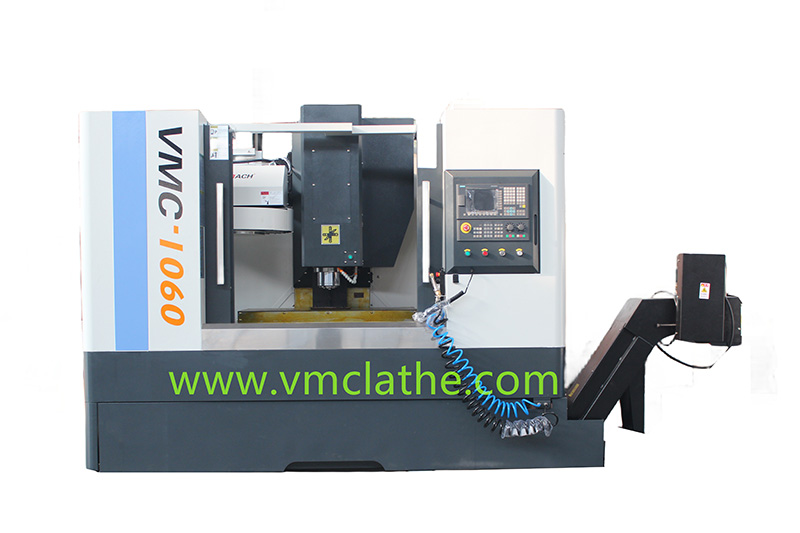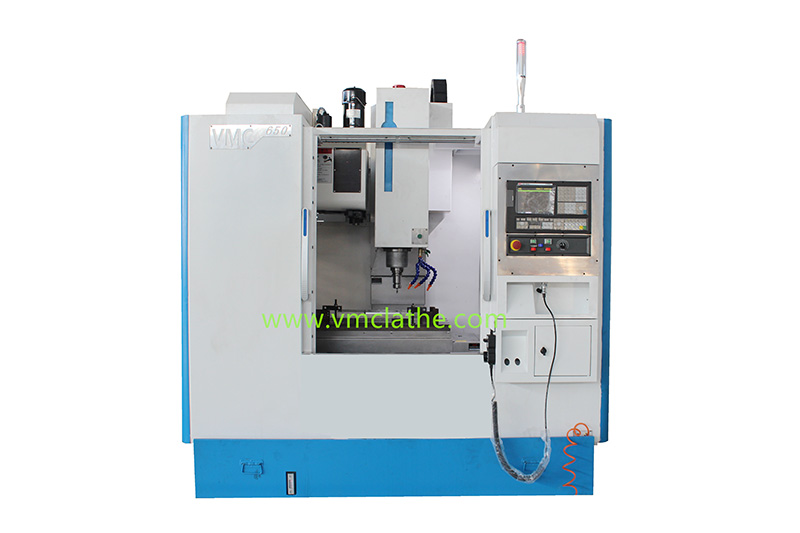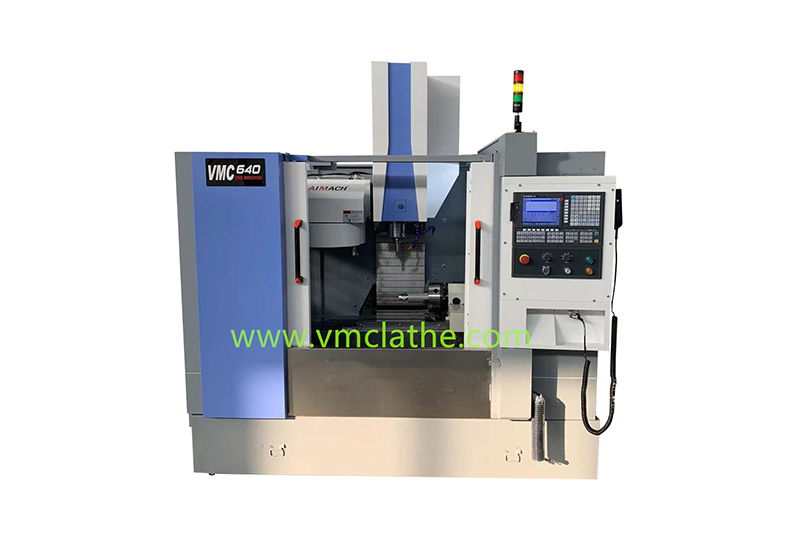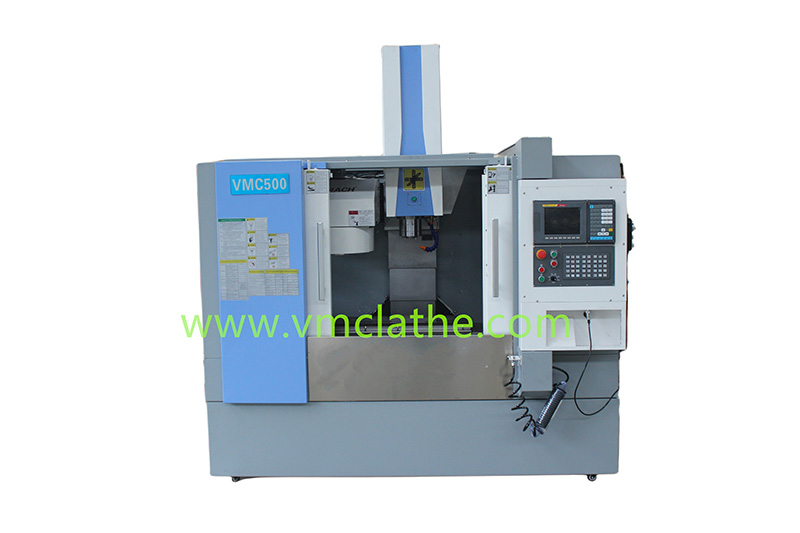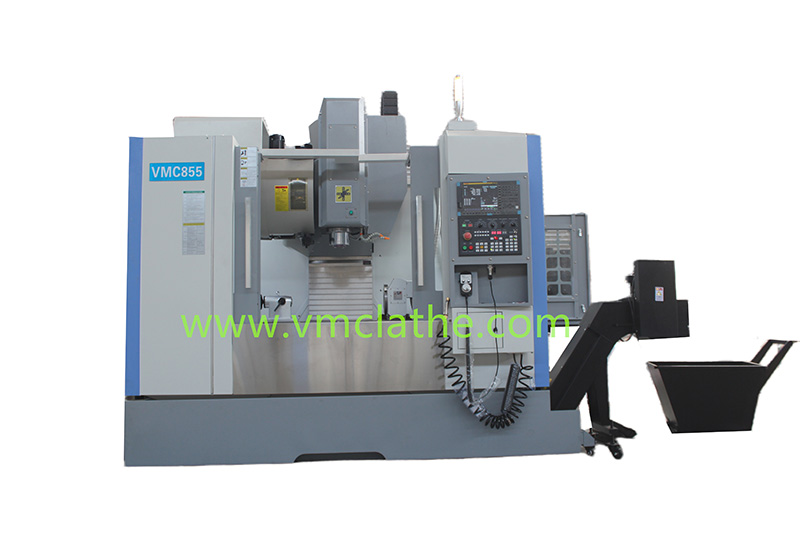To prevent excessive wear on CNC milling machines, comprehensive management and control is required across seven areas: tool management, cutting parameter optimization, cooling and lubrication, equipment maintenance, machining path planning, environmental control, and coating technology. Specific measures are as follows:
1. Tool Selection and Maintenance
A. Material Compatibility
a) Select tools based on the hardness of the material being machined: High-speed steel (HSS) is suitable for slow cutting and medium-hard materials; carbide is suitable for high-speed cutting and hard materials; ceramic/CBN is suitable for high-temperature alloys; and diamond is suitable for non-ferrous metals and high-precision machining.
b) Regularly inspect tool wear patterns (such as flank, rake, and cutting edge wear) and assess them visually or with measuring tools, refurbishing or replacing them promptly.
B. Coating Technology
a) Use TiN (titanium nitride) coatings to improve wear resistance in general steel machining; TiCN (titanium carbonitride) is suitable for stainless steel; Al₂O₃ (aluminum oxide) is suitable for high-temperature alloys; and DLC (diamond-like carbon) coatings reduce the coefficient of friction in non-ferrous metal machining.
2. Cutting Parameter Optimization
A. Cutting Speed Control
a) Avoid excessively high speeds, which increase tool temperature and accelerate wear; avoid excessively low speeds, which increase cutting forces and increase stress. Adjust the feed rate based on the material and tool type.
B. Feed Rate and Depth of Cut
a) Excessive feed increases cutting forces, while too low increases friction. Excessive depth of cut increases load, while too low increases friction. Select an appropriate value based on the machining requirements.
C. Layered Cutting
a) For machining deep cavities or complex shapes, use layered cutting to reduce the load per cut and minimize wear.
3. Cooling and Lubrication
A. Coolant Use
a) Use water-soluble, oil-based, or synthetic coolants to lower cutting temperatures, carry away chips, and reduce tool-chip friction.
B. Lubricant Use
a) When machining high-hardness materials, use lubricants to reduce friction between the tool and the workpiece and lower cutting forces.
4. Equipment Maintenance and Inspection
A. Regular Inspection
a) Check tool wear and promptly sharpen or replace; optimize the chuck and collet to reduce runout (recommended: <0.02mm).
B. Mechanical Component Maintenance
a) Adjust the spindle drive belt tension to prevent spindle loss; clean the spindle lubrication filter and refill the oil; check the ball screw axial clearance to ensure reverse accuracy.
C. Tool Magazine and Tool Changer Maintenance
a) Avoid storing overweight or overlong tools to prevent tool drop or collision; check the accuracy of the zero position and tool change points to ensure reliable robot locking.
5. Processing Path Planning
A. Reduce Idle Stroke
a) Optimize the program to avoid prolonged tool non-cutting operation.
B. Optimize Cutting Direction
a) Select the cutting direction based on material properties to reduce impact forces.
C. Climb Milling Applications
a) Use climb milling to reduce vibration and improve surface quality.
6. Environmental Control
A. Clean Machining Environment
a) Keep machine tools clean to prevent chips and dust from entering contact surfaces and increasing wear.
B. Stable Temperature and Humidity
a) Control ambient temperature and humidity to prevent thermal expansion and contraction that can lead to reduced precision or rust.
7. Operating Standards and Training
A. Standardized Operations
a) Establish and adhere to operating procedures to avoid violent operation (such as violently pushing the workbench or frequent starting and stopping).
B. Professional Training
a) Operators must receive training and be familiar with equipment performance and maintenance requirements.

